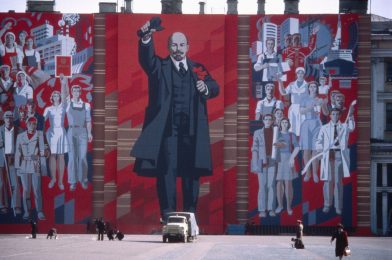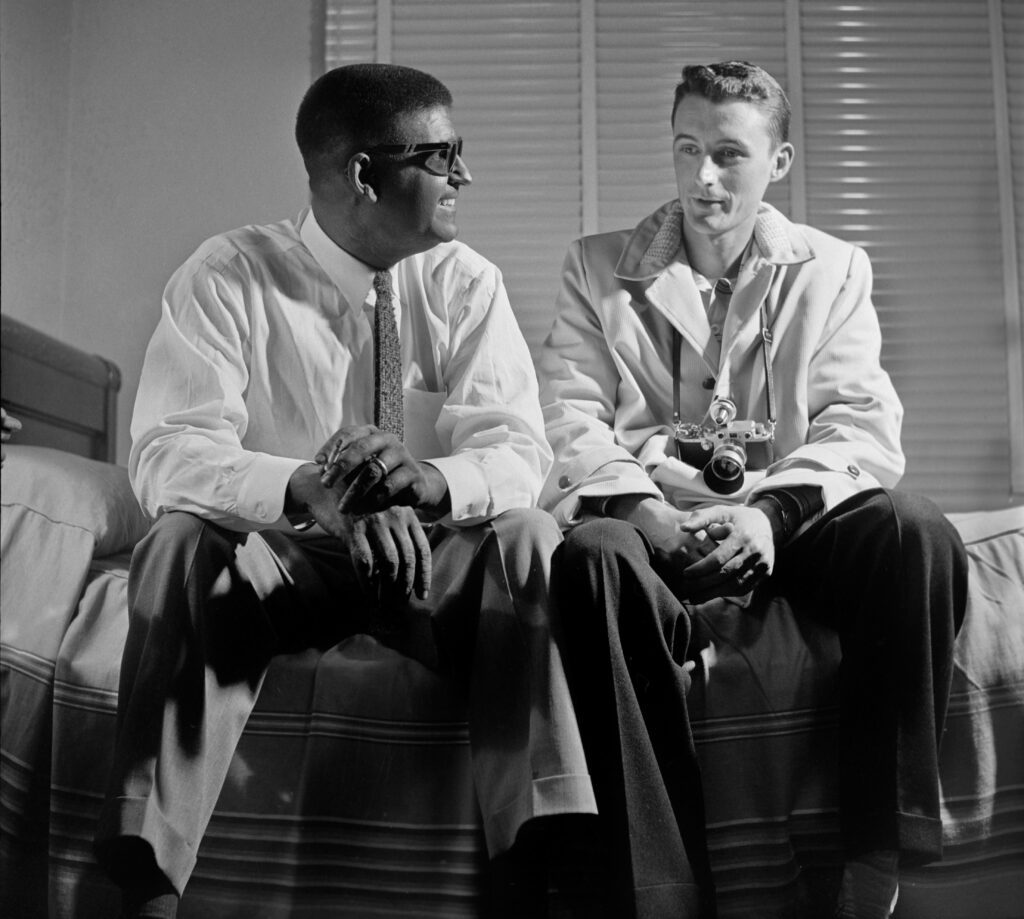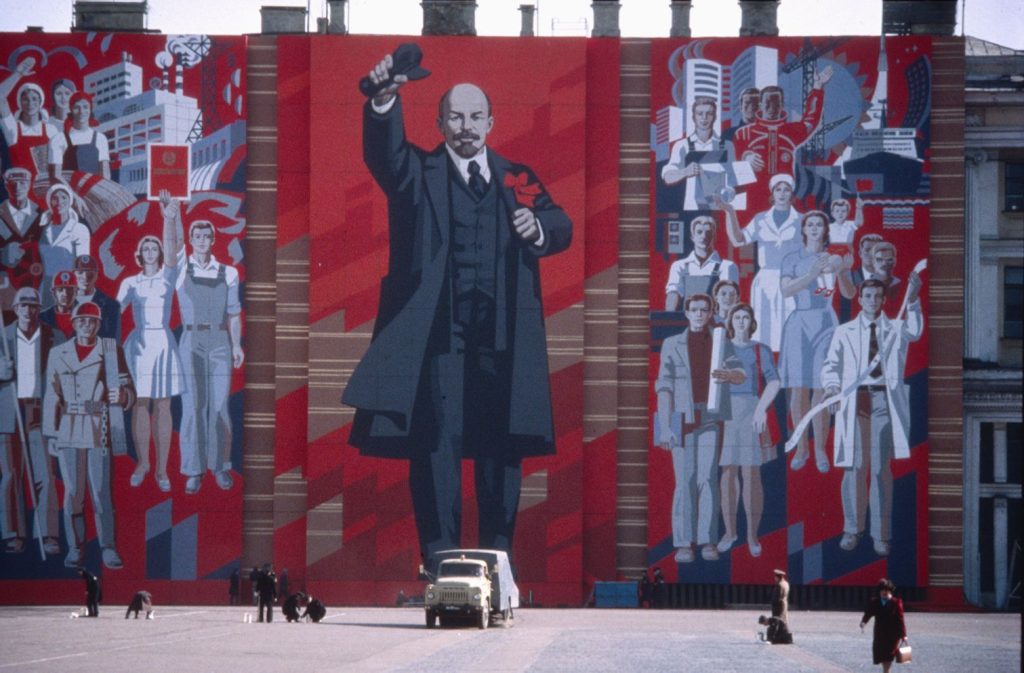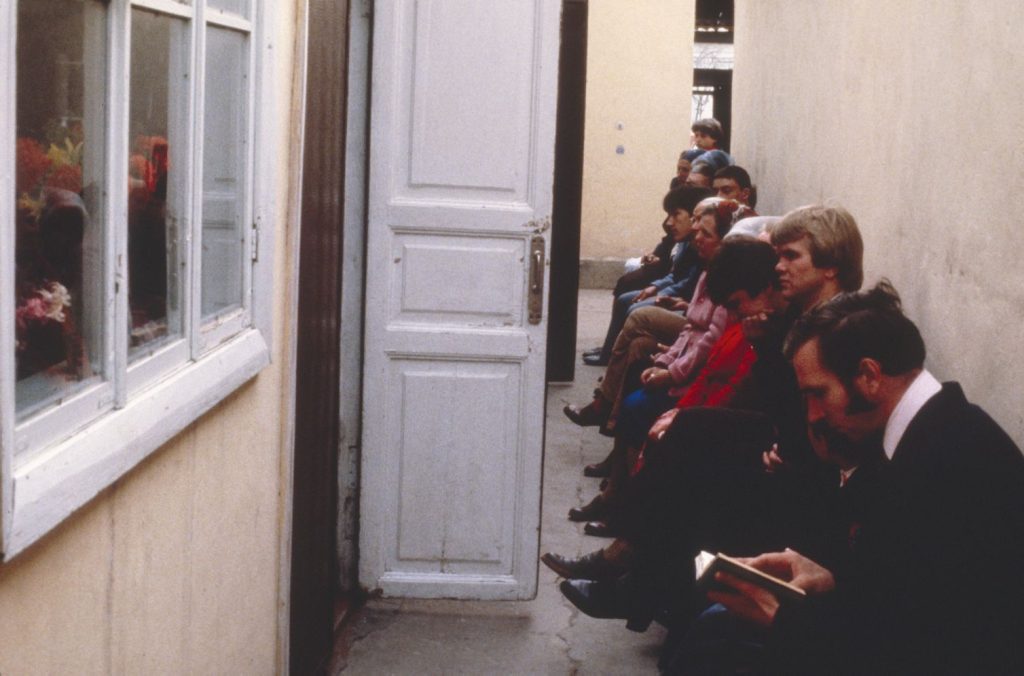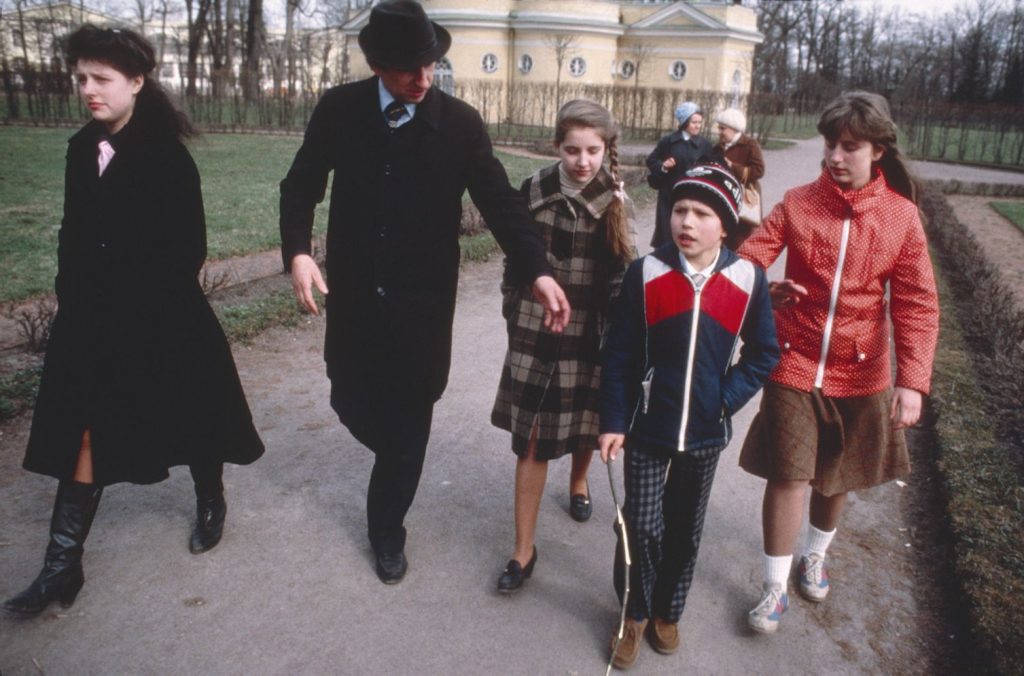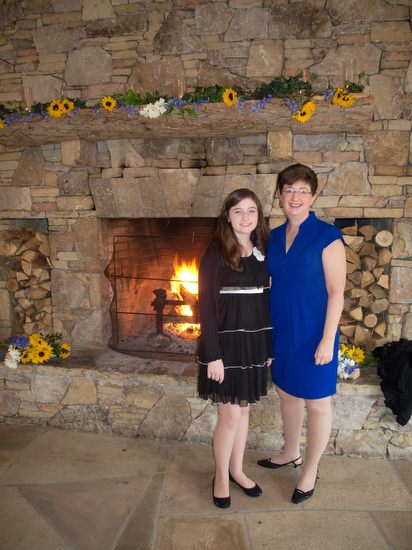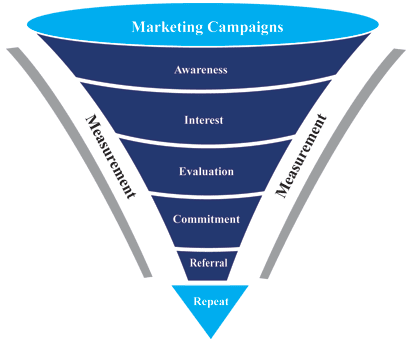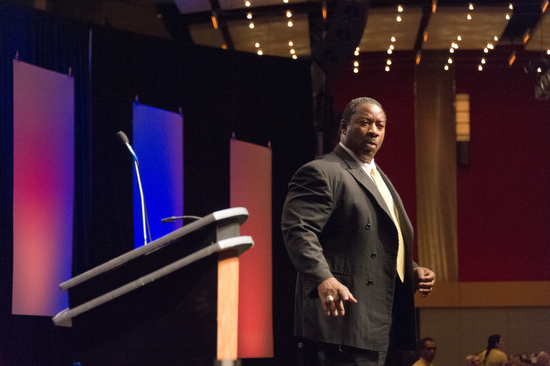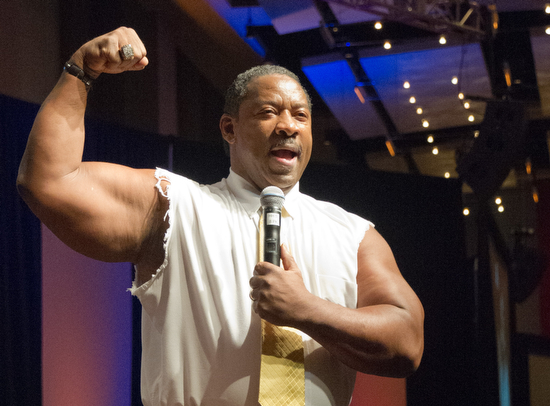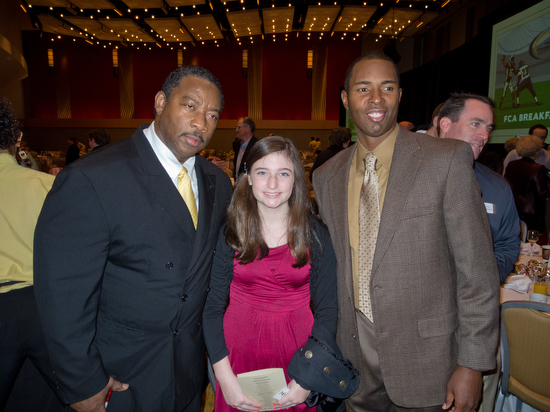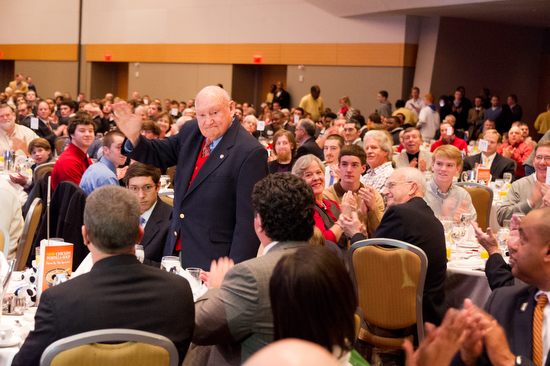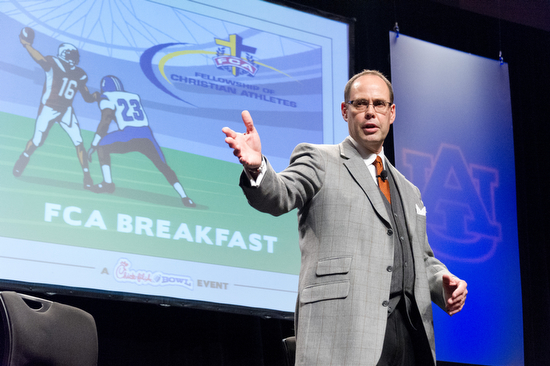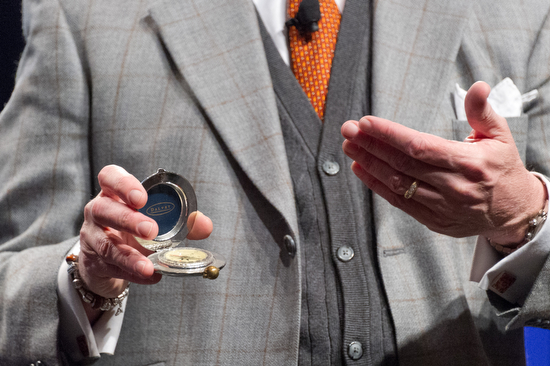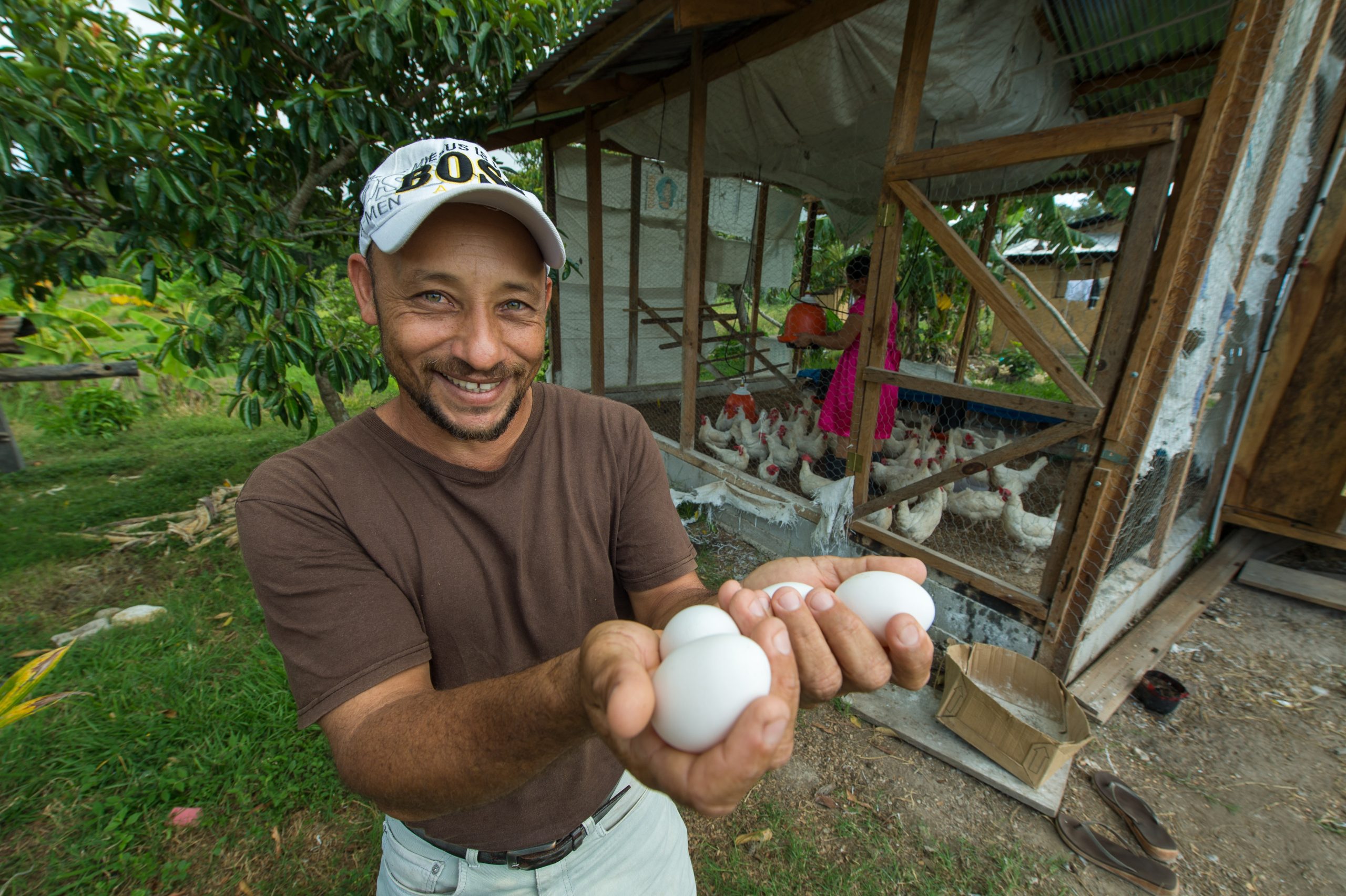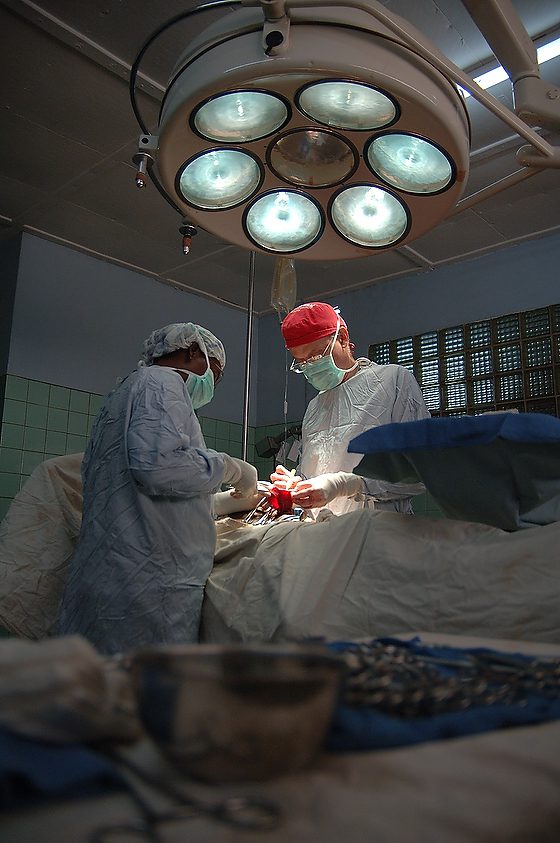| I must have the navigation always visible so people can quickly find what they need. |
If a potential customer were to find your website, would they hire you?
A photographer’s website is to showcase their work and helps them book jobs. I have been designing my website for 17 years and have learned a few things through those years.
Here are some tips I have for a photographer’s website.
Contact Information
LinkedIn: Stanley Leary
Skype: StanleyLeary
Twitter: Stanley Leary
Facebook: Stanley Leary

How does someone reach you? Contact information should be all through the website and not something hidden. Remember, at any point when the customer is ready to hire you after reviewing your work, they need to be able to find out how to do so with ease. Sometimes people already want to hire you and go to your website to find your contact information, don’t make them jump through hoops to find it.
I think there are two ways a customer wants to contact you: email and phone. Remember, you need this to be easy and not cumbersome. If you fear getting spam emails and do a lot to protect yourself, but in the process, make it burdensome for the potential customer—you may not have a customer.
http://www.stanleylearystoryteller.com/Education2/_files/iframe.html
Examples of your photography
I think people are searching for particular needs to fill. For example, if they need a headshot, they want to see some headshots. If they need an event photographer, they want to see examples of events you have covered.
I recommend dividing your work into categories that make it easy for someone to find examples of what they are looking to hire a photographer to do for them.
http://www.stanleylearystoryteller.com/Research/_files/iframe.html
Tear Sheets
Having a few examples of your work published by clients helps potential customers know they are not the first to take a risk on you. In addition, tIn addition, tear Sheets and other clients’ use of your work helps build some credibility.
Client Comments
Having a few of your past clients writing about your work also helps. There are a few things that can help make these better. When a customer talks about how you solved a problem, they assist potential clients in understanding something beyond your portfolio. They know something about how you work and your customer service.
They are having comments about how nice you are and easy to work with are nice but not as compelling as describing how you made their day.
Inverted Pyramid
Put your most muscular photos first. Then, when they go to the next image, let us show another skill. Look at these two examples for portraits. See how I would lead with the little boy and then follow with the lady.
 |
| I would most likely lead with this photo on portraits. |
 |
| I might follow the photo with this one because it shows I can use strobes and mix them with daylight. Art directors would like to see a variety of skills. |
 |
| This photo shows my ability to create a concept out of nothing and make it happen in the studio. |
 |
| This photo helps to show how I can use light to photograph a very dark subject (the hand gun) and grab your attention. |
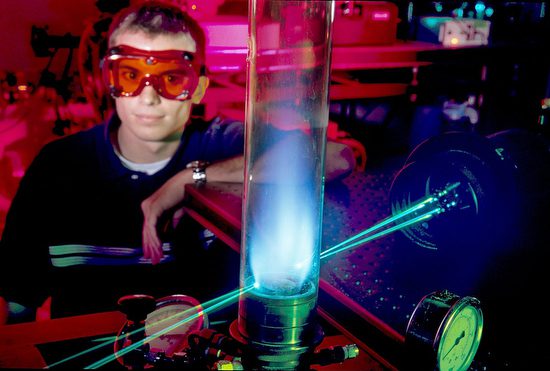 |
| This photo shows I know how to photograph lasers in a research lab, a skill few photographers have. |
 |
| To get this photo, I had to gain access and show my sensitivity in intimate moments. The family gave me their permission. |
Remember, your portfolio shows more than just that. Of course, you can take good photos. But, as you can see, each of the above images tells more about me than I can get an excellent picture.
Client List
If you have been working with various clients, this is good to showcase. It helps to separate you from the photographer just starting out and not having much experience. It also allows clients to call their friends at those companies and see their experience with you and whether they would hire you again. Don’t list a company if they are not in good standing with you.
Bio
It would help if you introduced yourself to your audience. Your bio is where you help set yourself apart from other photographers in ways that your pictures cannot. The biography is where you may give some reasons why you pursue certain subjects. Finally, It is where you may want to tell everyone you have degrees in the topics you cover regularly. You are helping them understand how you are an expert on maybe what they want to hire you to photograph.
Some clients will hire you because of things you have in common in your bio. All clients visiting this page want to know as much as they can about you to help them feel more comfortable about the decision to hire you. You give them talking points when they justify to their superiors why they are hiring you.
Wait, there’s more
I like using that phrase. When we moved to our new house, our daughter enjoyed taking some of our close friends through the house. The place is more significant than our previous home, so she was excited to say after a few rooms, but wait, there’s more.
There are more things to do, but I will stop here for now and blog about other tips later.















